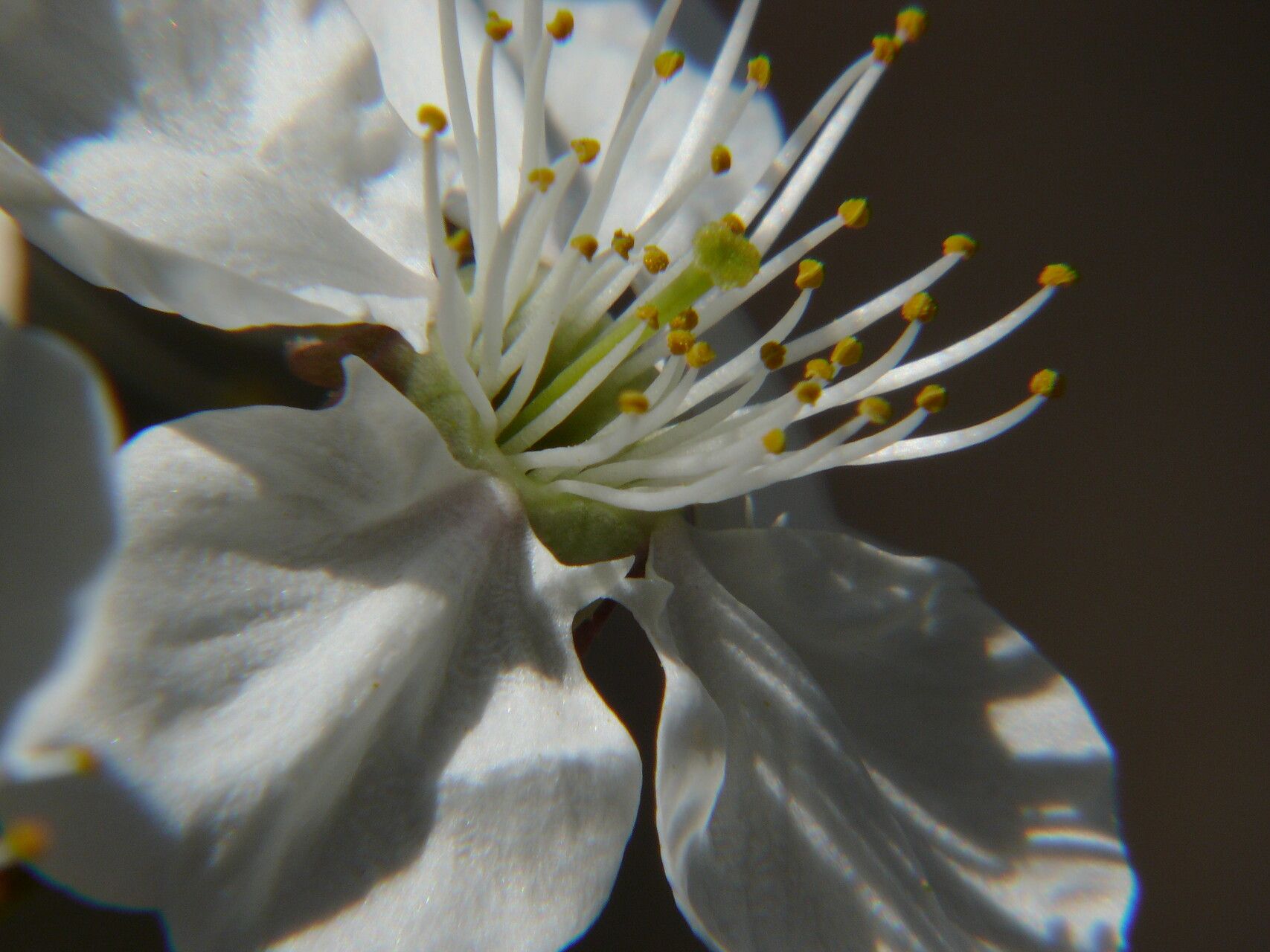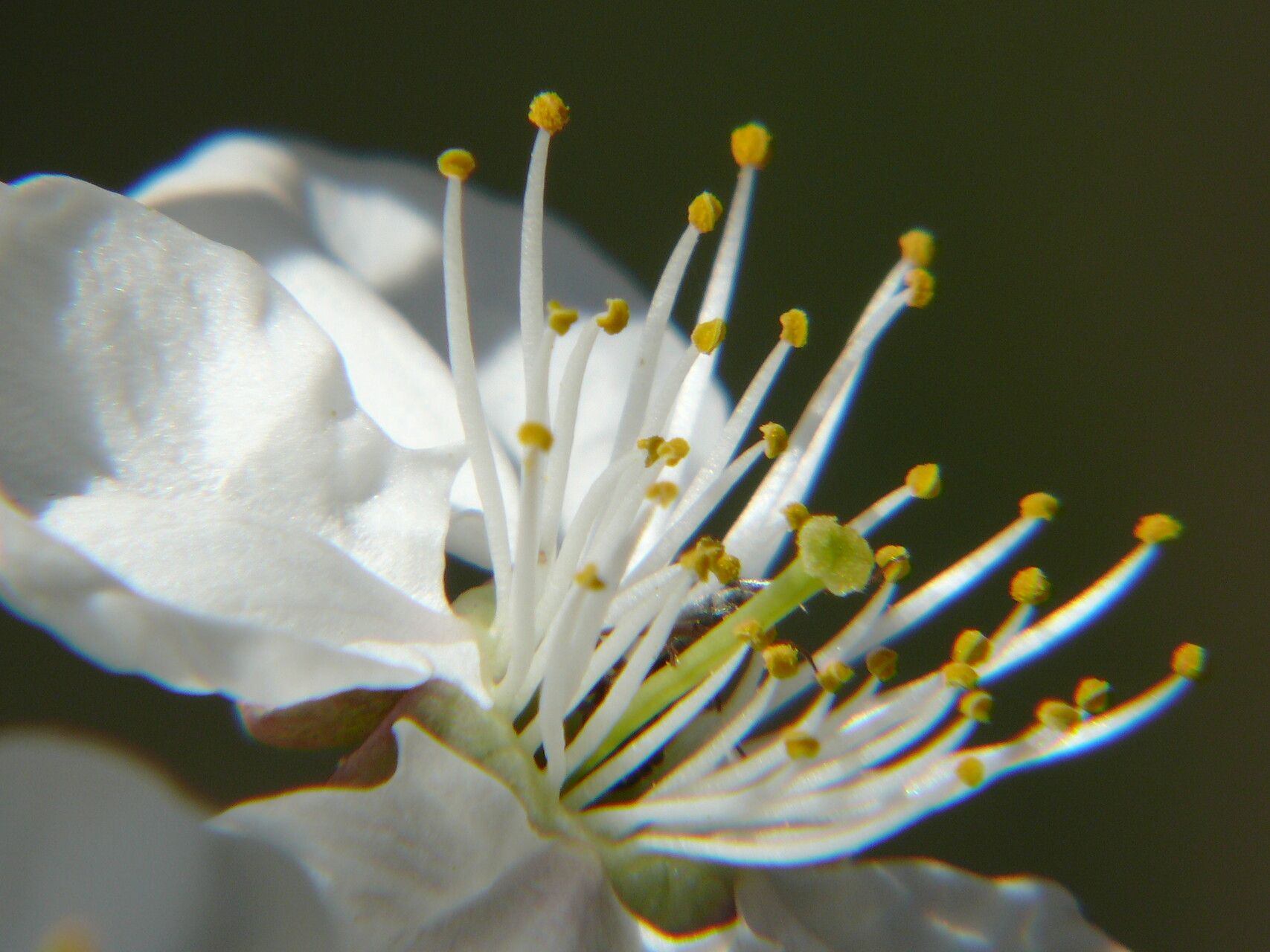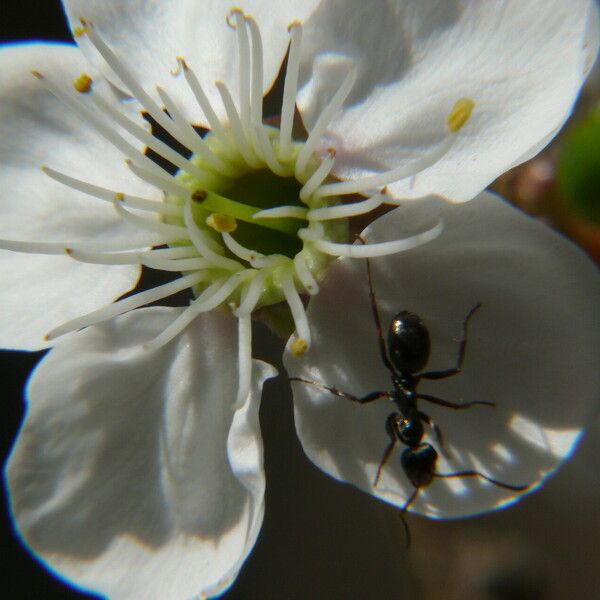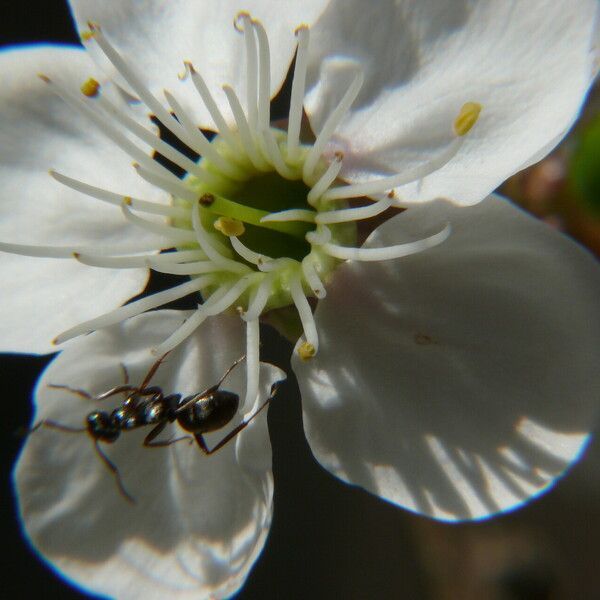Iakttagelse
Bestämning
Föreslagen artbestämning
Troligt namn (Inskickat namn)
100 %Konfidenspoäng
Föreslå en annan bestämning
Du håller inte med om arten som föreslagits men du har inget annat förslag
Kommentarer
Ytterligare information
Skapad
14 jan 2024
Senast uppdaterad
27 mar 2024
Wiśniowa Góra, near Łódź
It is native to Europe, western Asia, and locally in north-west Africa.
Edible plant - fruits raw or cooked although too astringent, they are more usually used in jellies, syrups, conserves etc and as a flavouring for sloe gin and other liqueurs; seeds raw or cooked; leaves are used as a tea substitute; flowers are edible and can be crystallised or sugared.
Herbal plant - all members of the genus contain amygdalin and prunasin, substances which break down in water to form hydrocyanic acid (cyanide or prussic acid); in small amounts this exceedingly poisonous compound stimulates respiration, improves digestion and gives a sense of well-being; the flowers, bark, leaves and fruits are aperient, astringent, depurative, diaphoretic, diuretic, febrifuge, laxative and stomachic, an infusion of the flowers is used in the treatment of diarrhoea (especially for children), bladder and kidney disorders, stomach weakness.
Useful plant - the bark is a good source of tannin; it is also used to make an ink; a green dye can be obtained from the leaves; a dark grey to green dye can be obtained from the fruit; the bark, boiled in an alkali, produces a yellow dye; the wood is very hard, it is highly prized for turnery, making the teeth of rakes, etc; suitable branches are used for making walking sticks and are highly valued for this purpose because of their twisted and interesting shapes.
Delas i
Grupper (18)







